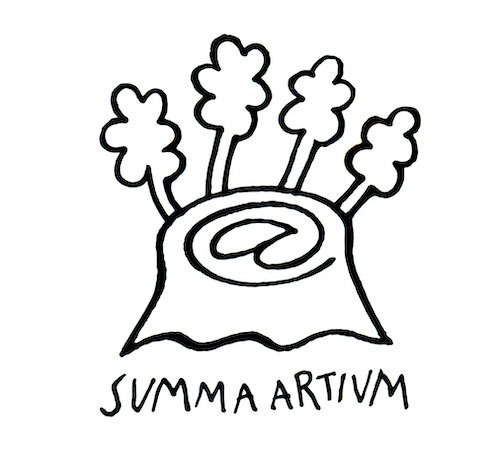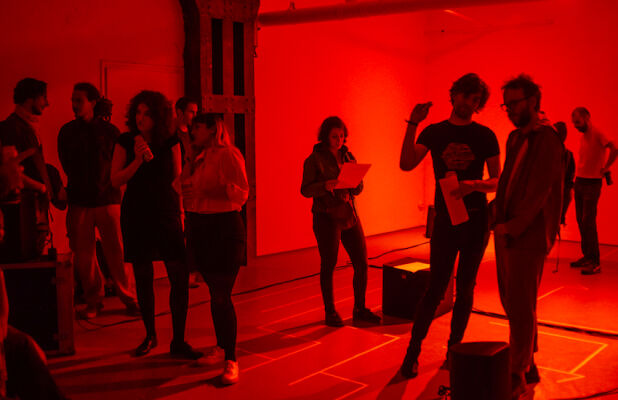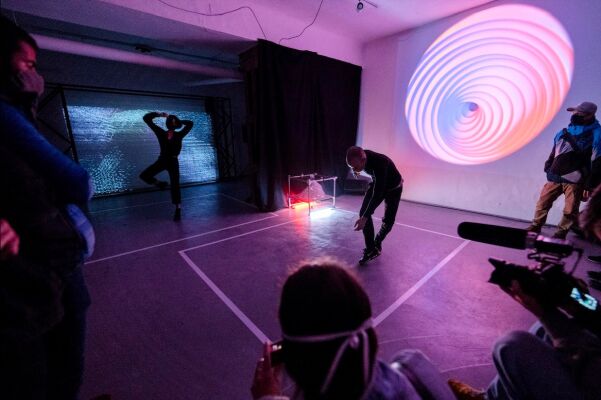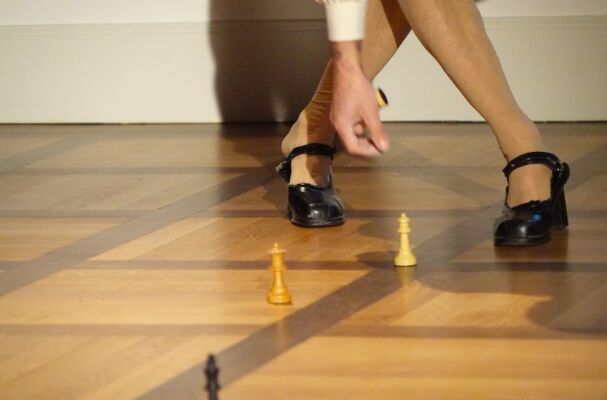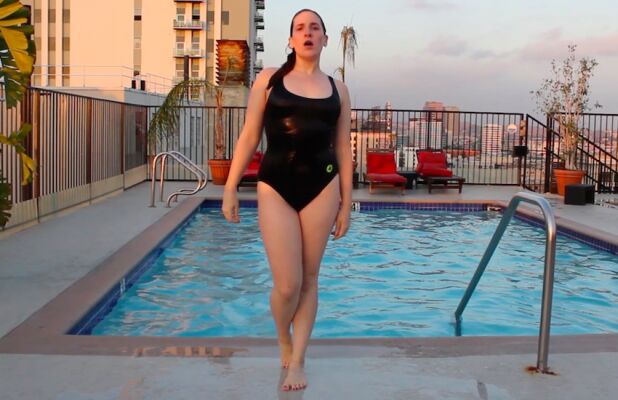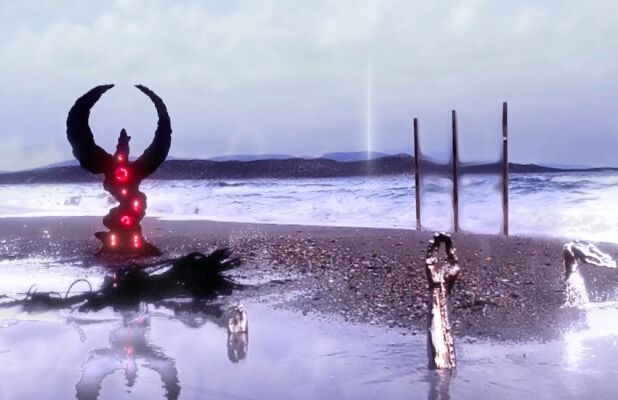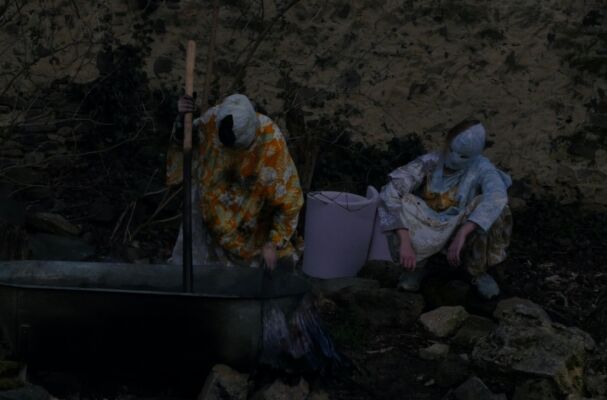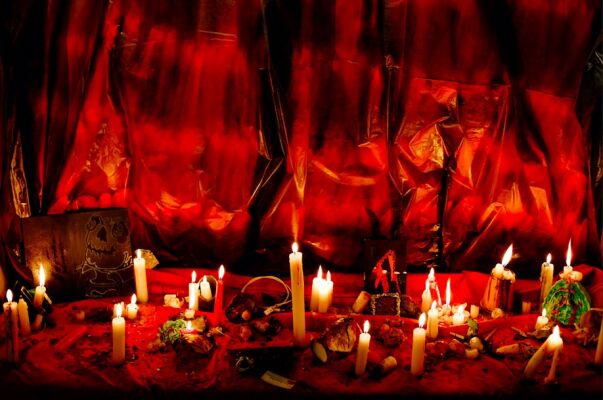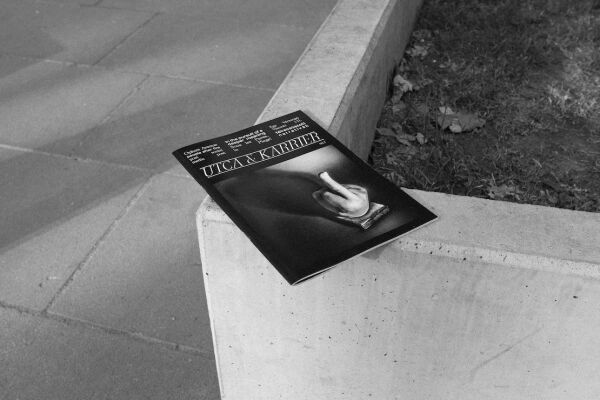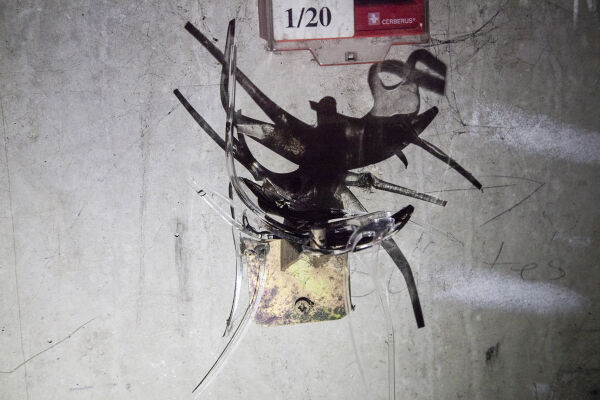Gold und Liebe IX. – Šimon Sýkora
Humour, embarrassment and just being shameless
Šimon Sýkora (1990) lives and works in Prague and Vienna. He graduated from the Academy of Fine Arts, Prague in 2019. He participated in the study programs of Unarte Bucharest (2016) and TNUA Taipei (2018). His attitude as an artist is characterized by primitivism and sensitivity, working with themes such as absurdity, embarrassment, irony and apathy. Through his paintings, he captures distant characters, silently provocative inhabitants of terrains the rules of which we are not even aware of; while his performative practice dives in the bizarre spheres of political extremism.
His recent solo exhibitions include: Turning Stranger, Polansky Gallery, Brno; Savage Season, with Philip Kolychev, Medium Gallery, Bratislava; Logic of Nausea with Martin Kyrych, Gallery Jelení, Prague; Eyes closed, Fingers Down, Pragovka Gallery, Prague.
Recent group exhibitions include: 7 Reasons to smile more, Holesovicka Sachta, Prague; Tomorrow, I Will Take a Knife to Your Confidence, A.M.180 Gallery, Prague; Spring is Always Doomed, Lume Laboratory, Milano
We could start from (both the abstract and physical) spheres of radical political groups. Parallel to painting you did performative projects, in which you participated in radical right/left-wing events – also your diploma work circulated around this theme.
I call it ’performative trolling’ and I started to play around with that idea in 2019 when I went to the studio of the visiting artists Sus Zwick and Muda Mathis at AVU Prague. They helped me to reveal an idiotic figure, that has always been around and built on the importance of humour, embarrassment, just being shameless basically. So we started to make a series of videos, together with my friend and also a painter Martin Kyrych. We went to shoot mainly the events of the patriotic front: an example is a once liberal event, the anniversary of the Velvet Revolution, which got so slushy and depletive in the last couple of years.

In my line of thought, what brings up the moment of comedy is an almost magical, primitivist logic, which deprives its subject of power through the appropriation of its identity and also by making fun of it. We can also call it critical identification. How do you see this and how the aspect of comedy changed in the past three years?
Primitivism is definitely something I can be identified with and accepting it was the first step. There are journalists, who infiltrated radical groups, risked their lives and revealed some shocking footage. That was never our goal. We got closer to certain people and groups, which is not so hard in Czechia. The question is more why you want to get closer and this has a lot to do with my fascination with absurd patriotic vloggers on YouTube. I just wanted to approach them with another level of stupidity, to see if they would bite it and they kind of did. On one occasion we infiltrated a Christmas party organised by a group called ‘White Heterosexual Men's Association’ there was for example well-known figure Jana Yngland Hrušková, she´s a singer who is spreading her islamophobic agenda on social media, sometimes using animal filters or autotune (now she transformed it into the anti-movement of the government measures, like the rest of the patriotic front). The whole night was like from another world, I was dancing alone on her music performance and we ended up clapping hands together to the Katyusha song. The matter of substances played their part in overcoming certain boundaries and fear. In the end, it wasn't a huge difference between experiencing candyflip through the march of liberals or being drunk, while Marine Le Pen roars from the stage. Both actions were simply awful, but I'm glad that the bad trip did not happen to me on a racist demonstration.
But I got anxious pretty soon, at the last event people around got pretty violent. I had way too many small talks, even with actual neo-nazis and one of them punched a random person of colour, who was just passing by, that's pretty much why I decided to end the project, I didn't know where else to push it. I am still monitoring the situation, but I'm sceptical of another artistic output. The difference between the 2019 situation and what we have right now I perceive very strongly. Current protests gain dangerous strength and we underestimate them a lot. Yes, these groups are not united at all, but nationalist sentiments are rapidly rising over there. I no longer feel any need for dialogue and understanding, nor the use of comedy, I am more driven by hatred. Yet, the biggest problem in Czechia right now is the oligarch as prime minister and the incompetence of the people leading the country.
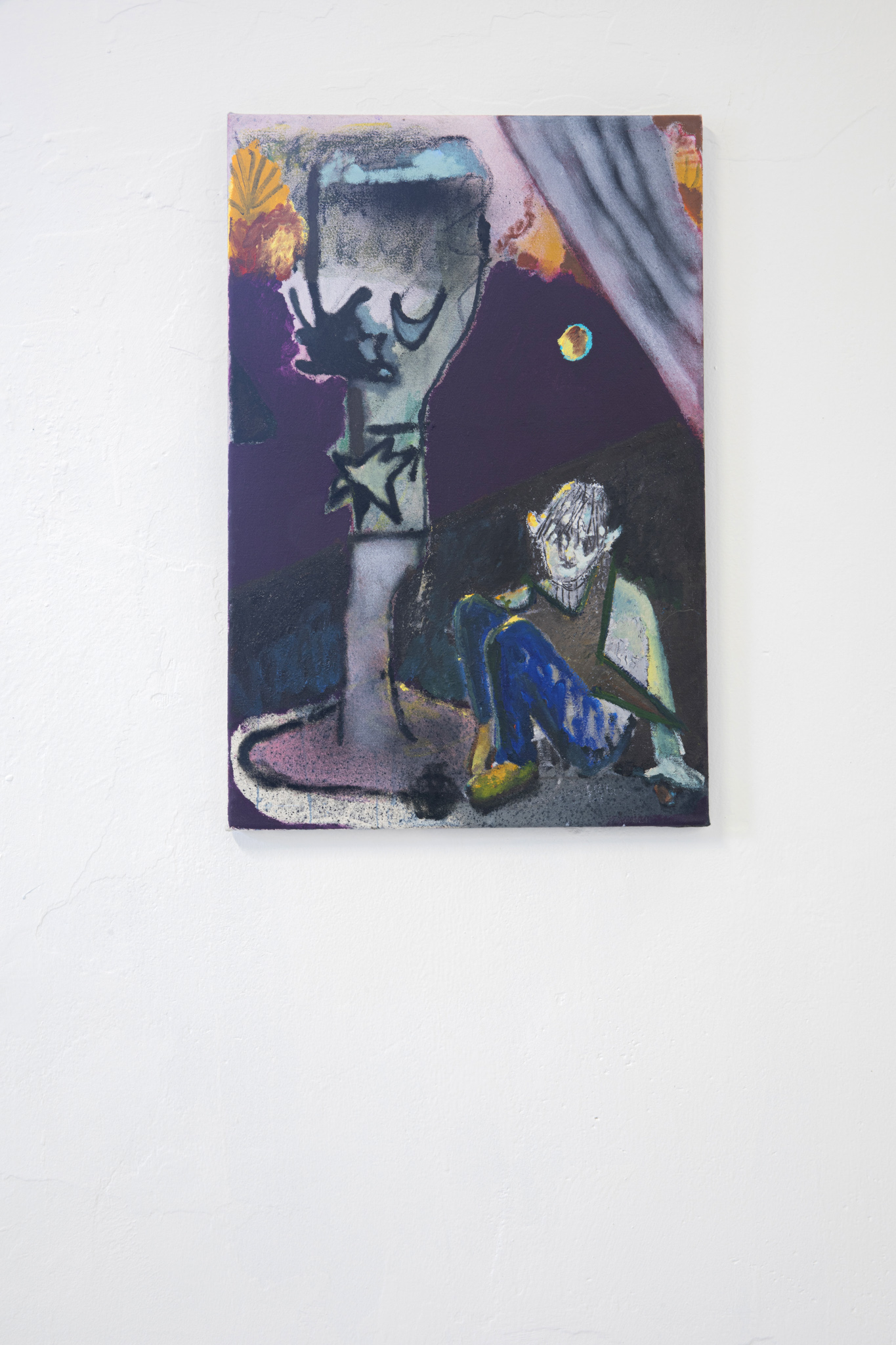

Can you grasp what it is that pulled you to the radical right-wing communities as let’s say subjects of performative research? Is there an element that it shares with the domain of your painting?
The focus on the right-wing scene comes from antifascism, I identify myself with the leftist communities. I probably wouldn't have left the conformity of the painting studio in a stable society and of course, I realize how meaningless my contribution was. I understand it as a certain demonstration of naivety, more than civil disobedience. Those performances themselves were not a subject of research, but a bizarre tool to get closer to the actual subject, which was the radical right-wing environment. Political activism is not exactly open to the individual projects of that manner, so my approach back then was beyond and probably a bit enigmatic for most people. There was a time when I tried to connect it with my painterly position, but it was a bit forced. There might be a match sometimes, but overall there are different themes and attitudes.
Compared to this very actual, political context your paintings form a totally different expressive, surrealistic fantasy-world, but the theme of comedy and irony – a kind of a resigned sensitivity and playfulness – still connect these worlds. I also see this connection through the actual absurdness of our region’s political reality.
That's true, probably one position couldn't exist without the other, at least in this form. After those actions, apathy and detachment naturally resulted in my paintings, but there are still traces of humour. Especially now I feel like I'm losing barriers about what the painting medium should be, burying my old perceptions and basically discovering a new layer of freedom out there.
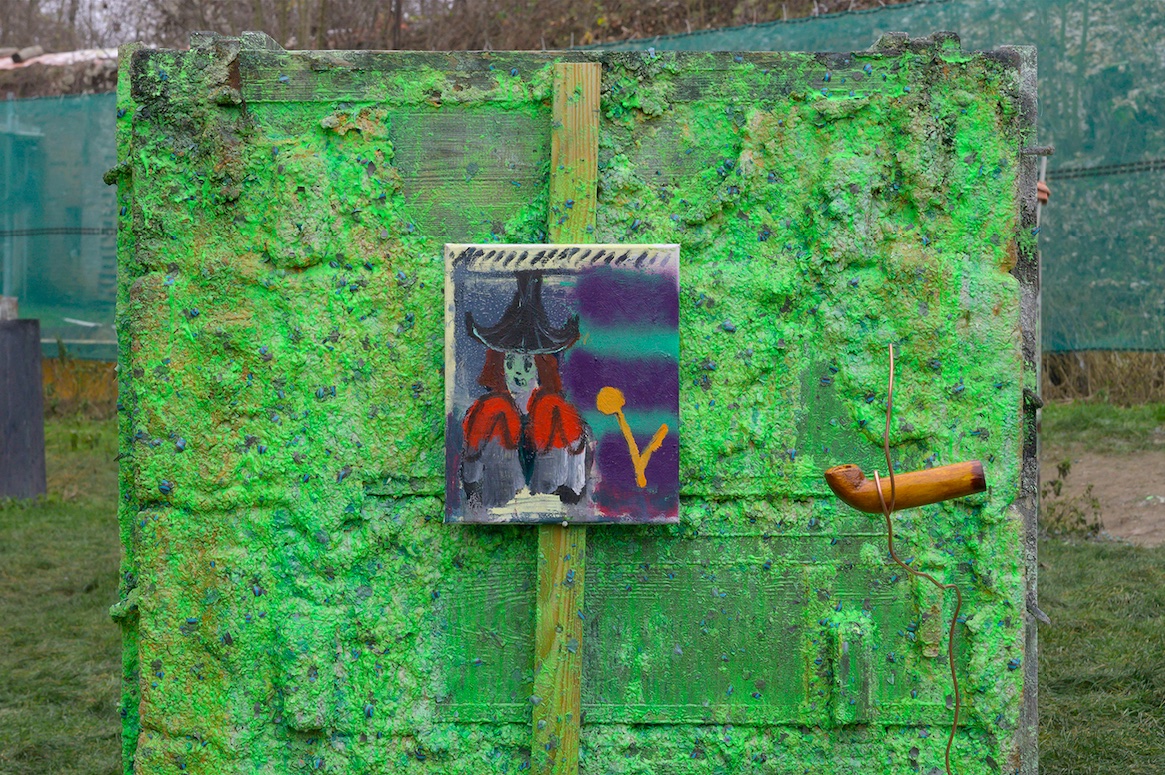
Talking about your painting and notions like apathy, the inability of action and personal spheres of resistance, there's this trend in (in this region especially in Czech) young generation art that is characterized by an aesthetic that clearly uses elements of fantasy, witchcraft and video-games – mostly fed from the remnants of a ‘90s cultural visual flow. Although as a trend it can be also schematizing. How do you relate to that?
Yes, it has become a common visual language in recent years. It might be incomprehensible for the older generation, at least in Czech. Fantasy played a major role in my teens, surviving school in the world of RPG Dungeon and Dragons, Magic the Gathering cards (some of the Land painters had a huge impact on me), Warhammer 40K figures, pc games or participating in LARP battles with my cousins. They even bought 50m of wire and made DIY chainmail armours. I remember being a 13-year-old weak kid, wearing that heavy armour with fake dwarf beards glued to my face and of course losing every close combat. So what's going on lately with this medieval-ish and fantasy aesthetics in contemporary art is acceptable and understandable for me, but I'm not stoked from every elvish drawing I see. Naive to think everyone around has the best intentions. I also feel like I don't portray this that much in my work, but I don't mind being accused of neo-romanticism.
Where are you right now? Especially with the ongoing crises, I feel the residency situation is not even something for its original purpose, but for some temporary shelter. Like social security.
Absolutely, right now I'm hidden at the A.I.R. of Egon Schiele Centrum in Český Krumlov. It's a tiny city with a 13k population and 2 million tourists visiting every year. I'm probably the only outsider here in the pandemic time. Walking around closed gift shops feels a bit strange, but also thrilling. Obviously, the whole residency practice brings issues, for example how to manage it with your job, rent or family. But you can even be baseless somehow, switching places and just postponing some serious life decisions. I feel like how I'm operating lately is kind of a self-residency concept, moving between a few places and that nomadic life suits me for now.

This article was created with the support of Summa Artium.
